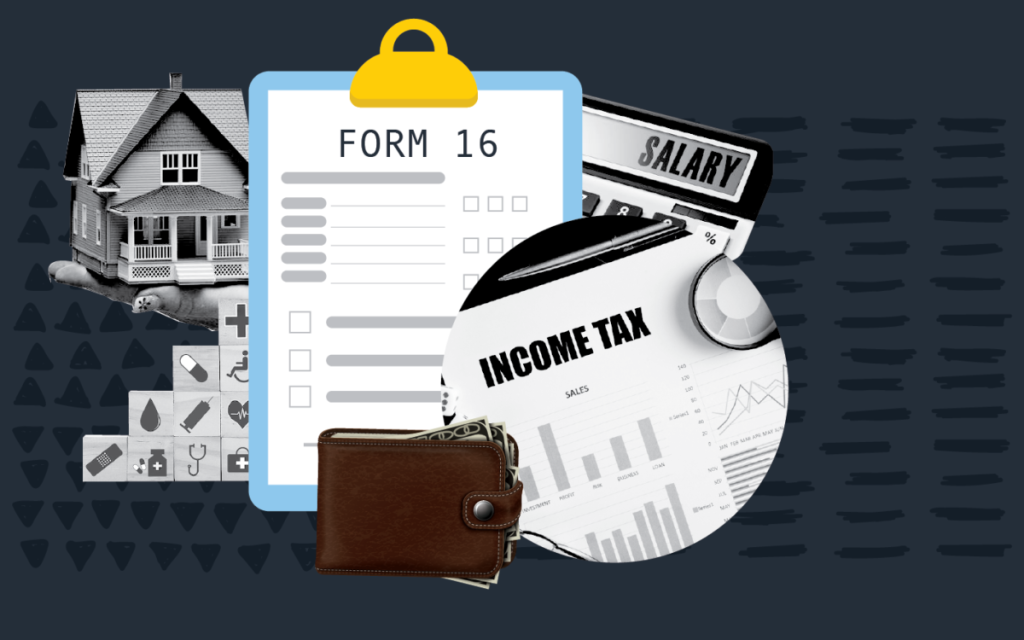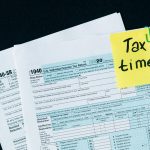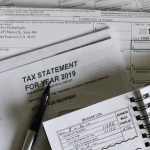Common Mistakes in Form 16 and How to Avoid Them

Form 16 is a crucial document provided by employers to their employees in India. It is a certificate that serves as a proof of the TDS (Tax Deducted at Source) deducted from an individual’s salary income and deposited with the Income Tax Department.
The key components of Form 16 provide a detailed insight into the intricacies of an individual’s earnings and deductions, offering a consolidated view of their taxable income. It acts as a bridge between the employer and the tax department, ensuring transparency and compliance with tax regulations.
Furthermore, Form 16 plays a crucial role in the income tax filing process. It serves as a reliable reference point for individuals when accurately reporting their income, deductions, and tax liabilities. The details presented in Form 16 act as a foundation for individuals to fulfill their tax obligations diligently and accurately. Here’s a breakdown of the key components and significance of Form 16:
Table of Contents
Incorrect Personal Information:
Ensure that all personal details such as name, address, and PAN are accurate and match the information provided to your employer. Any discrepancies can lead to issues during tax filing.
Mismatch in Salary Details:
Cross-verify the details of your salary, allowances, and deductions in Form 16 with your salary slips. Any discrepancies should be addressed with your employer.
Tax Computation Errors:
Check the calculation of taxable income, deductions, and TDS amounts in Form 16. Mistakes in these calculations can lead to inaccuracies in your tax liability.
Missing Deductions:
Ensure that all eligible deductions and exemptions are reflected in Form 16. Common deductions include HRA, professional tax, standard deduction, and exemptions under various sections of the Income Tax Act.
Inconsistencies in TDS Figures:
Verify that the TDS details mentioned in Form 16 match the actual TDS deducted by your employer. Any discrepancies may lead to issues with your tax filing.
Incomplete Details of Perquisites:
If you receive any non-monetary benefits or perquisites, make sure they are accurately reflected in Form 16. These could include facilities like accommodation, car, or club memberships.
Verification of Form 26AS:
Cross-check the details in Form 16 with Form 26AS, which is the consolidated statement of tax credits available to you. This ensures that the TDS reported in Form 16 matches the entries in Form 26AS.
Late Issuance of Form 16:
Ensure that your employer issues Form 16 within the stipulated timeframe. Delayed issuance can cause problems during tax filing.
Absence of Digital Signature:
If Form 16 is provided electronically, ensure that it bears a valid digital signature. This lends credibility to the document.
Failure to Report Additional Income:
If you have income from other sources, such as freelance work or interest income, ensure that it is accurately reported in your tax return, even if it’s not mentioned in Form 16.
Moreover, a thorough review and correction of any discrepancies in Form 16 not only contribute to its accuracy but also play a pivotal role in streamlining the overall tax filing experience. Individuals should proactively communicate any identified errors to their employer, seeking prompt rectification to avoid complications during the tax assessment process. Timely resolution of such issues ensures that the information presented in Form 16 aligns seamlessly with the individual’s financial records, promoting a hassle-free and compliant tax filing journey. This proactive approach underscores the importance of meticulous attention to detail and collaboration with employers to maintain the integrity of the tax documentation process.1


